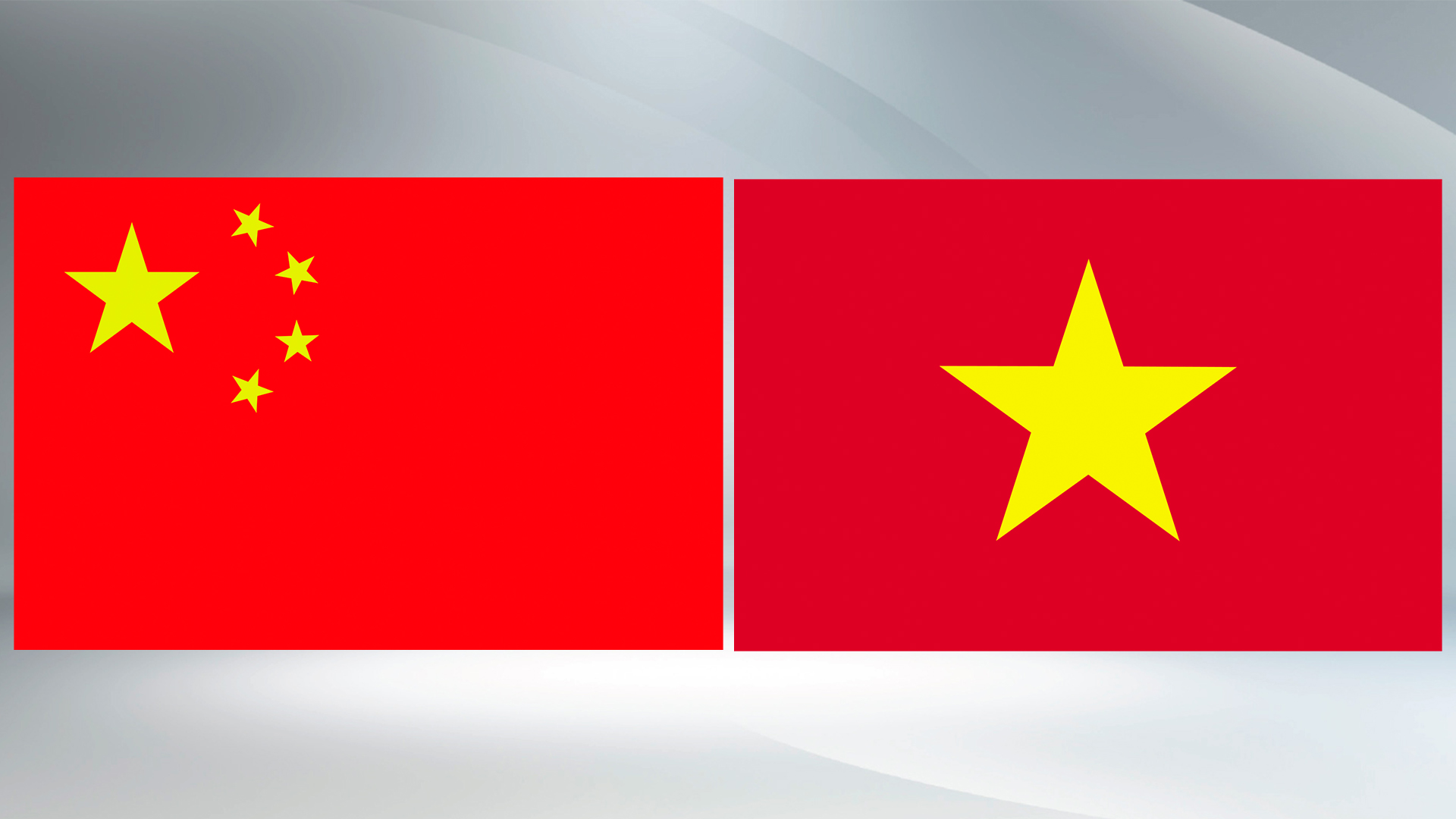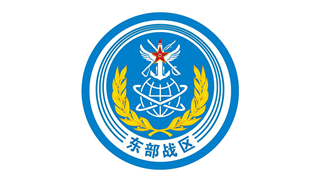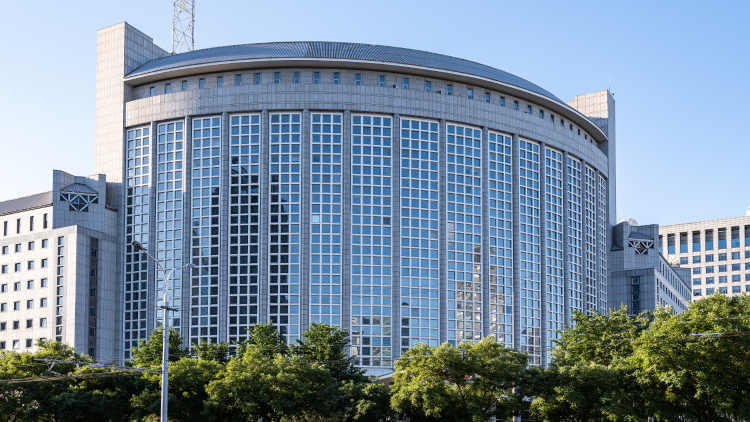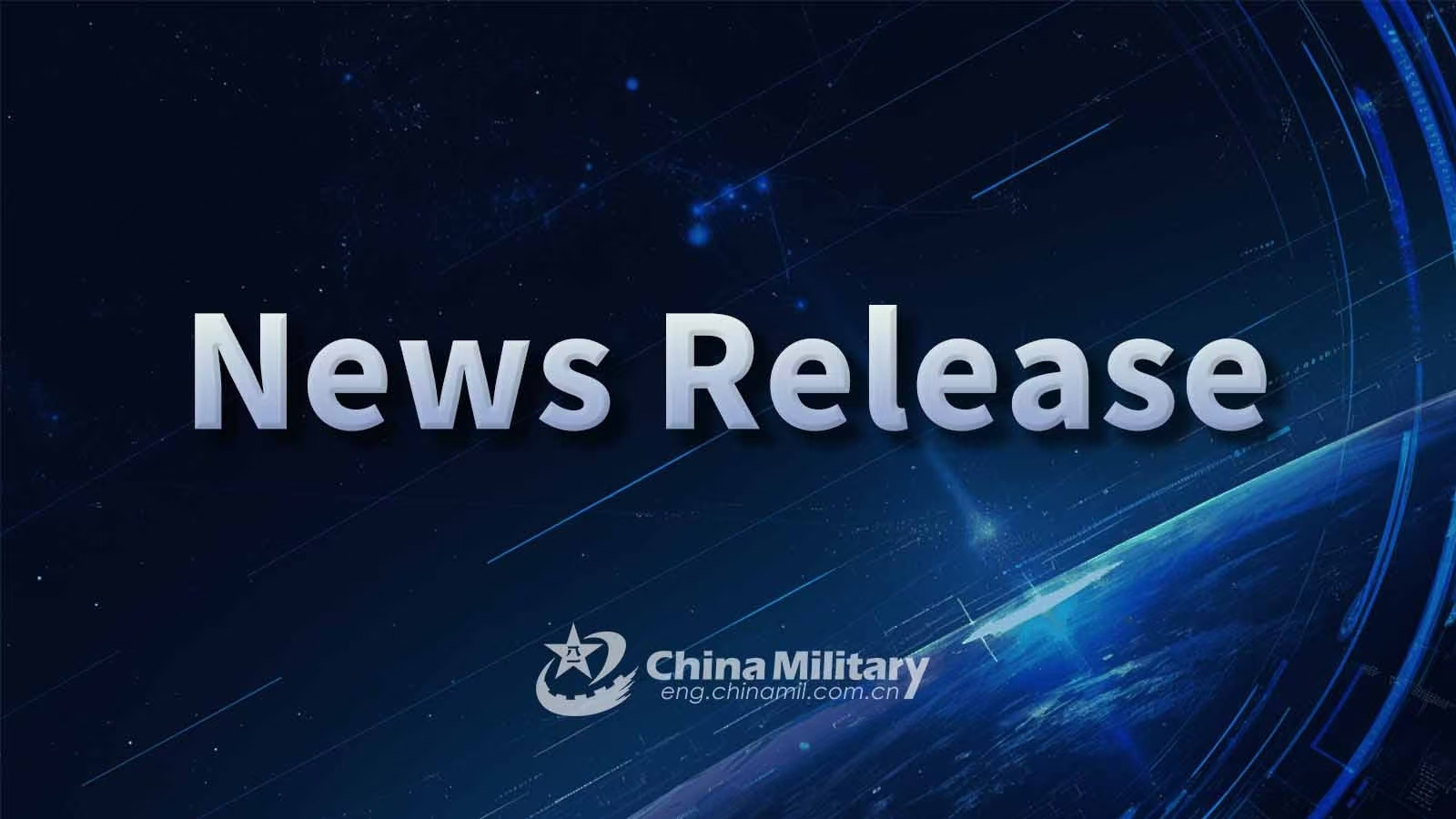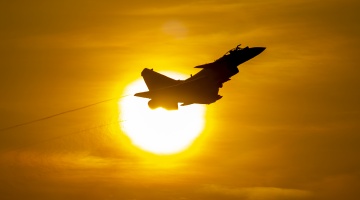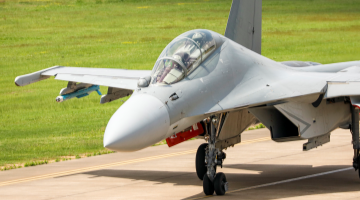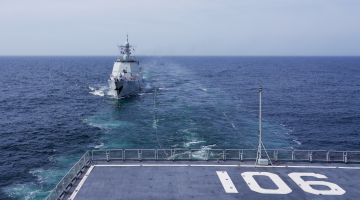By Chen Hanghui and Dong Pan
The US and Japan have had frequent interactions in 2023. Right after their defense and foreign ministers discussed new measures for strengthening the bilateral alliance at the “two plus two” meeting, Japanese Prime Minister and US President held talks at the White House exchanging views on Japan’s latest National Security Strategy and other issues. The intensive high-level meetings epitomize the two countries’ closer engagements in recent years, behind which is the continual evolution of the US-Japan alliance and its function and nature, which is exerting a deep impact on the security situation of Northeast Asia or even the entire Asian Pacific region, generating a string of consequences that have put the international community on high alert.
The US-Japan alliance: “Japan following American lead” is replaced by “more equal interactions”
To fend off the threats from the Soviet Union, the US and Japan formed an alliance during the Cold War with the US taking the lead – acting as the aggressive spear – and Japan in a subordinate position with its JSDF acting as the shield that provided logistics supplies and equipment for US troops. Japan’s position in the alliance changed a bit after the Cold War ended but the superior-subordinate structure remained.
With Washington’s acquiescence and support, the Japanese government issued its latest National Security Strategy and two other security documents in December 2022, according to which it planned to increase its defense budget to 2% of GDP in the next five years and equip the JSDF with the so-called “counterattack capability” of attacking enemy missile bases, officially greenlighting the JSDF’s development of strike capabilities. This meant that JSDF will move from “defense only” to “offense/defense” on all fronts and that Japan’s Pacifist Constitution only exists in name, thus largely elevating the country’s position in the alliance from a supporter to a fighter. Professor Paul Smith at the US Naval War College said the release of Japan’s new defense strategy marked the beginning of a new stage in the US-Japan alliance.
With the change of its position, Japan is taking bold and fast steps to become a military power. According to the Defense Force Preparedness Plan passed in 2022, it plans to double the defense budget from JPY 5.4 trillion in FY 2022 to more than 10 trillion in FY 2027, probably the third highest in the world. In December 2022, Japanese Cabinet passed the JPY 6.8 trillion defense budget for FY 2023, a year-on-year increase of 26% that will mainly be used to enhance the JSDF’s so-called “counterattack capabilities”, including attacks outside the defense zone, integrated air defense and anti-missile operations, and UAV operations. JSDF is also working hard to develop and introduce a slew of advanced weapons including the modified Type-12 anti-ship missile, Tomahawk cruise missile, offensive UAV, and hypersonic missile, and forming the long-range missile unit, getting ready to be capable of long-range precise strike and unmanned operations by 2030.
Function of the alliance: “alliance protection” is replaced by “alliance projection”
In recent years, the US has picked up speed in reshaping and restructuring its Indo-Pacific alliance/partnership system from the hub-and-spoke structure during the Cold War to the center-node network structure now in order to dominate the regional order. In this new system, the US is the center while Japan is an important adhesive and bonding node, with their alliance serving as a key instrument of reshaping. In 2022, US Ambassador to Japan Rahm Emanuel said the relationship between the two countries had evolved from “alliance protection” to “alliance projection”.
Smaller-scale multilateral anti-China alliances have been formed on the basis of the US-Japan alliance. The Indo-Pacific Strategy of the US in 2022 vowed to form an environment around China – a balance of influence to be specific – that’s beneficial to the US. Guided by it, Washington, based on its alliance with Japan, has formed several smaller-scale multilateral alliances, respectively comprising US-Japan-ROK, US-Japan-Australia, and US-Japan-India-Australia, to weave a tight Indo-Pacific net against China, with the last one – the QUAD – being the main regional platform on which the US attempts to contain China on the political, economic, technological and other dimensions. It must be pointed out that to augment its own influence, Japan has been very active in forming those small alliances and is a key pusher of QUAD.
The US is trying to intensify its relations with Southeast Asian countries through its alliance with Japan. Southeast Asian countries are a major force in promoting America’s Indo-Pacific strategy. After Biden took office, he has been strongly promoting the value-based diplomacy, which however didn’t get much response in Southeast Asia. Seeing that Japan carries a certain weight in the region with close economic, trade and diplomatic ties with the countries there, Washington has taken it as a major aide in getting close to them. In May 2022, the Biden administration was lobbied by Japan into launching the “Indo-Pacific economic framework” in Tokyo, which involved seven of the 10 ASEAN members.
The US is connecting NATO with its Indo-Pacific alliance system through the alliance with Japan. In recent years, Washington has been trying to connect NATO and its Indo-Pacific alliance system with the purpose of having flexible group advantages on both the European and Asian ends and maintaining its global hegemony. Leveraged on its special capacity as the “Western country in Asia”, Japan has been busy conducting shuttle diplomacy across the Eurasian continent to assist in such a connection. As a result, its collusion with NATO has kept deepening – it has invited countries like Britain and France to regularly come to Japan for joint military exercises, participated in NATO’s top meetings, and signed the Reciprocal Access Agreement with Britain.
Nature of the alliance: “defensive alliance” evolves into “aggressive alliance”
The recent joint statement between US and Japanese leaders said that their alliance remained the “cornerstone” for peace, security and prosperity of the region, but the reality is exactly the opposite. The US-Japan alliance is no longer defensive as it used to be but has become increasingly aggressive and confrontational.
In terms of purpose and nature, the US-Japan alliance is a downright contending bloc aimed to maintain America’s hegemony in the Asian-Pacific region. In history, all such blocs, such as the allied nations in WWI, the Axis powers in WWII, and the post-Cold War NATO, share something in common – they are highly aggressive and confrontational and are an important destabilizing factor that triggers regional or global conflict and war.
In terms of the scope of defense, the Biden administration has made it clear that the terms of common defense set forth in the US-Japan Security Treaty apply to the Diaoyu Islands, which means the bilateral alliance isn’t just for defense but is also set to expand territory and launch attacks. Furthermore, joint statements issued by leaders of the two countries since April 2021 have repeatedly mentioned“the importance of maintaining peace and stability across the Taiwan Strait”. This act of dressing up another country’s internal affair as the alliance’s obligation represents a gross interference in said country’s sovereignty, seriously contravenes the purpose of the UN Charter and the basic principles of international law, and exposes the US-Japan alliance’s growing tendency for external interference.
As an island country with an aggressive history, Japan has always shown a strong inclination toward opportunism and adventurism in its foreign policies. Based on the alliance with the US, it intends to actively assist in America’s strategic rivalry in exchange for the lifting of military restrictions upon itself, an opportunity that it would seize firmly to ramp up military strengths, shore up weak links, achieve the so-called strategic goal of becoming an all-round major power, and seek a dominant position in East Asia.


